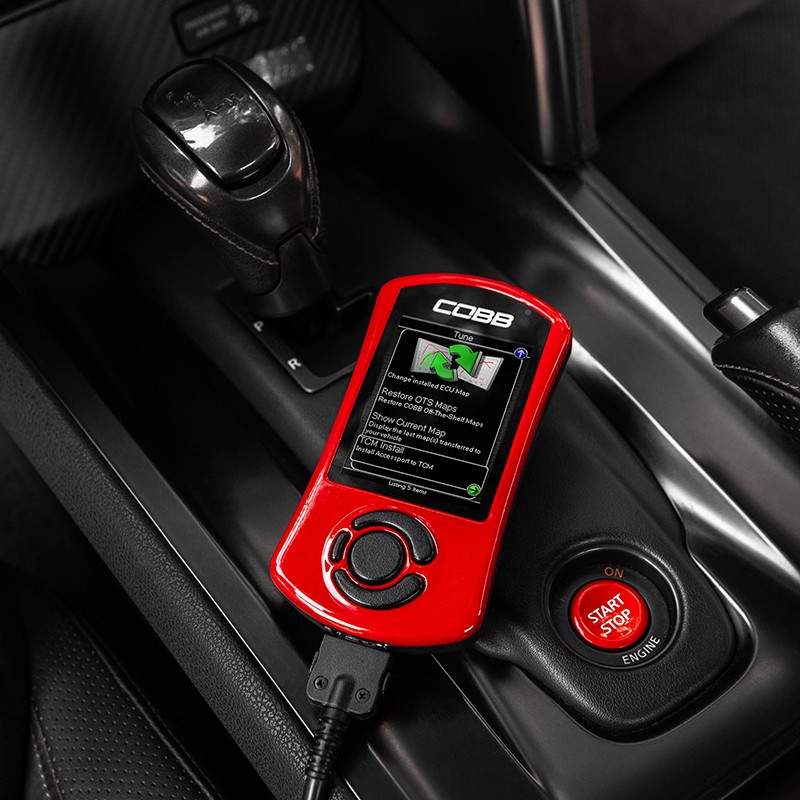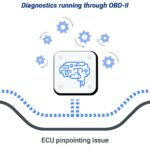The OBD2 port in your car, primarily designed for diagnostics, offers a gateway to significantly enhance performance through ECU tuning. While emissions monitoring remains the core function of OBD2, its potential extends far beyond simple diagnostics, allowing for modifications that can unlock hidden power and improve driving experience.
OBD2 ECU Reflash: A Quick and Easy Performance Boost
One of the most common methods for OBD2 ECU tuning is reflashing. This process involves uploading a modified software program onto your car’s ECU, typically referred to as a “Stage 1” remap. Suitable for vehicles with standard modifications, this tune offers a noticeable performance boost. While often marketed as “custom,” these reflashes are generally pre-designed programs with minor optimizations. True custom tuning, tailored to specific engine modifications like larger turbos or injectors, requires a more specialized approach.
DIY Flash Programmers: Taking Control of Your Tune
For those seeking a more hands-on approach, DIY flash programmers like the Cobb Accessport, Superchips Bluefin, and Dreamscience offer a viable alternative. These devices allow car owners to upload pre-loaded tunes or even datalog their vehicle’s performance. This data can then be sent to a remote tuner for custom modifications tailored to specific upgrades, providing a personalized tuning experience without needing a physical visit to a tuning shop. This iterative process of logging, tuning, and re-logging allows for fine-tuning based on real-world driving data.
Custom OBD2 ECU Tuning: Unleashing Maximum Performance
For serious performance enthusiasts, a full custom OBD2 ECU tune by an expert is the ultimate solution. While not all factory ECUs support custom tuning, certain vehicles, like Nissan GT-Rs and Subaru Imprezas, offer surprising flexibility. This approach allows for maximizing performance gains on heavily modified engines by precisely adjusting parameters to match specific hardware upgrades. Custom tuning often involves dyno testing or extensive road logging to optimize performance under various conditions.
OBD2 Transmission Remap: Optimizing Shifting Performance
Beyond engine tuning, the OBD2 port also allows for remapping automatic and dual-clutch transmissions (DCT). Adjustments to shift points, shift speed, torque limits, and hydraulic pressure can significantly improve performance and responsiveness. For high-performance vehicles with significant power upgrades, increasing hydraulic pressure can prevent clutch slippage and ensure efficient power delivery.
Beyond Performance: OBD2 for Cosmetic and Comfort Changes
OBD2 tuning extends beyond performance enhancements. Adjustments to lighting, dashboard functions, driver-assistance systems, and even climate control can be achieved through OBD2 programming. Tools like the Carly app provide a user-friendly interface for accessing and modifying various vehicle systems, allowing for customization beyond factory settings. These changes can range from simple cosmetic adjustments to more functional modifications.
In conclusion, the OBD2 port provides a versatile interface for tuning your car, ranging from simple performance enhancements to complex custom modifications. Whether seeking a quick power boost or a fully personalized tuning experience, leveraging the OBD2 port can unlock hidden potential and transform your driving experience.

